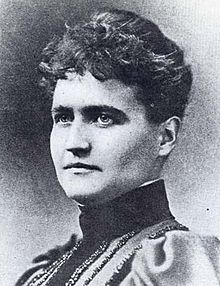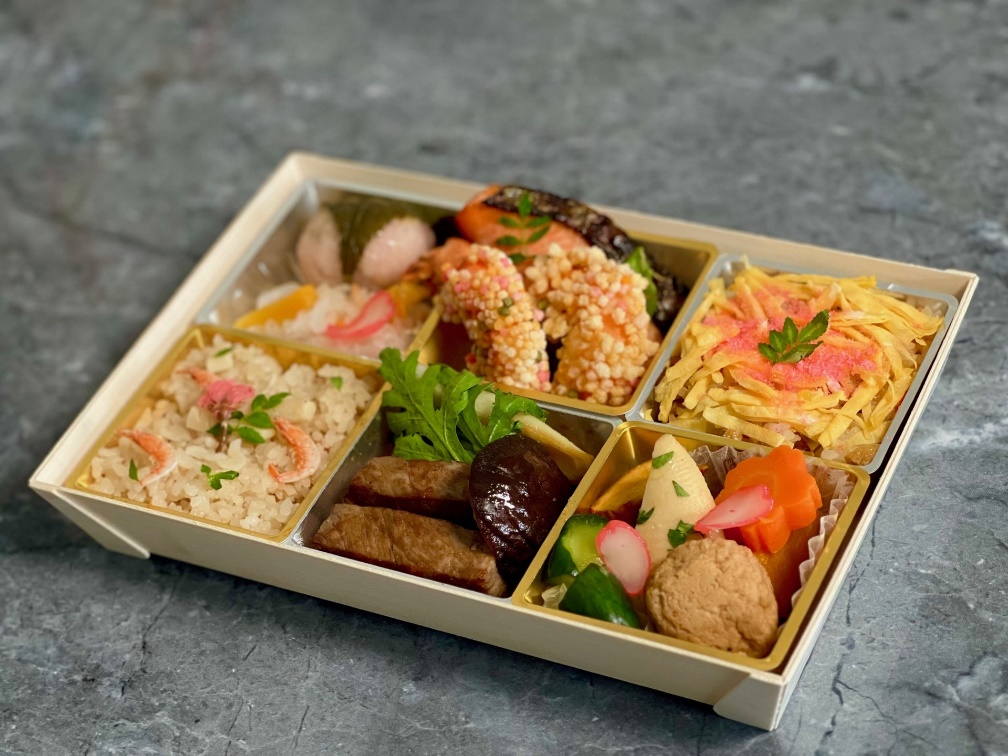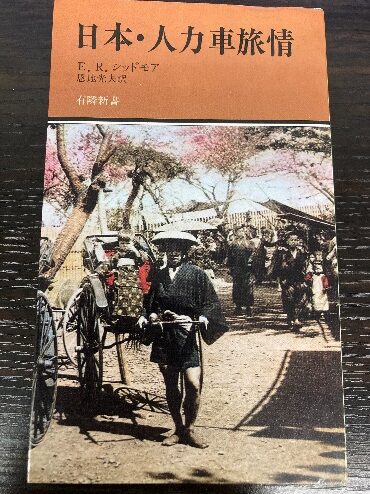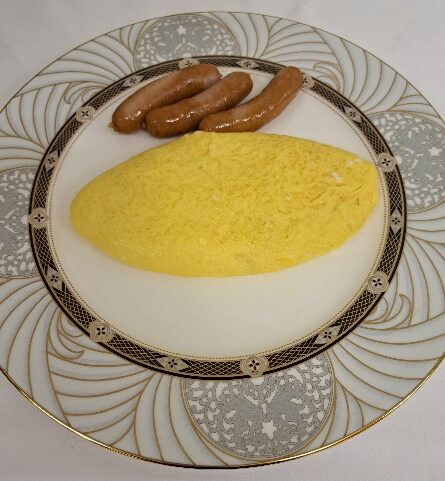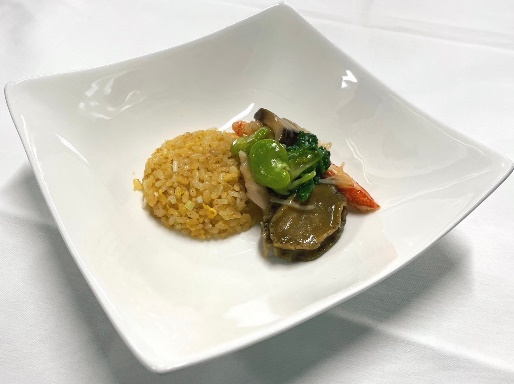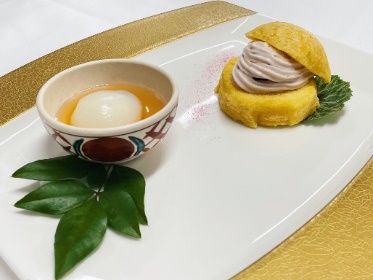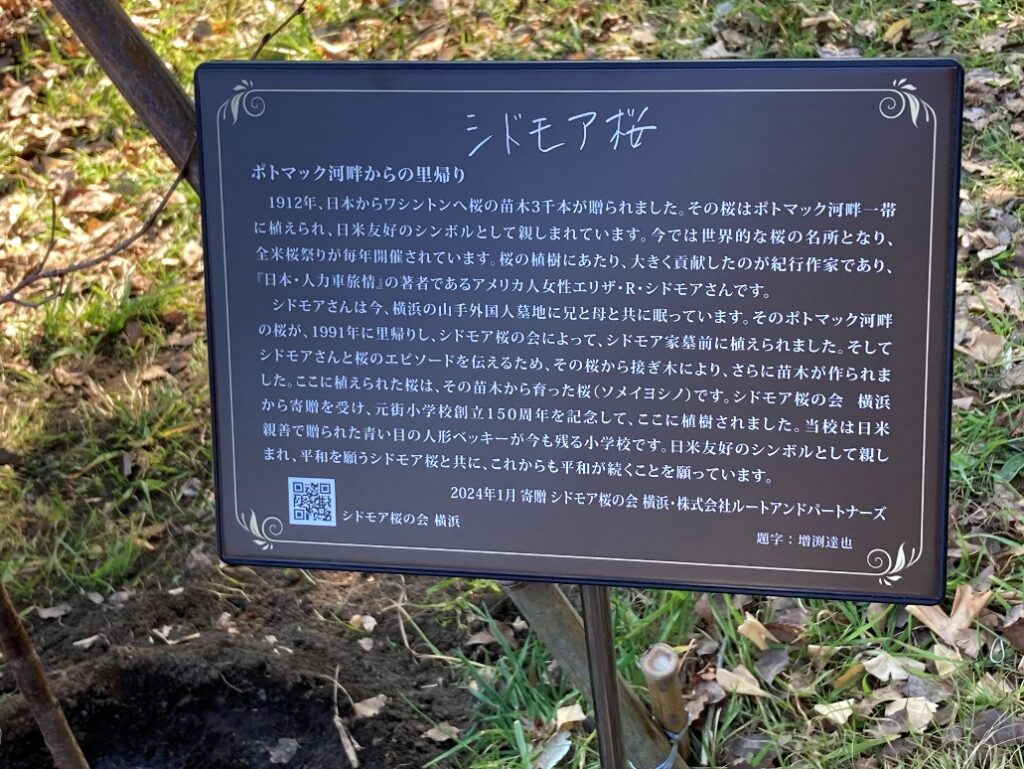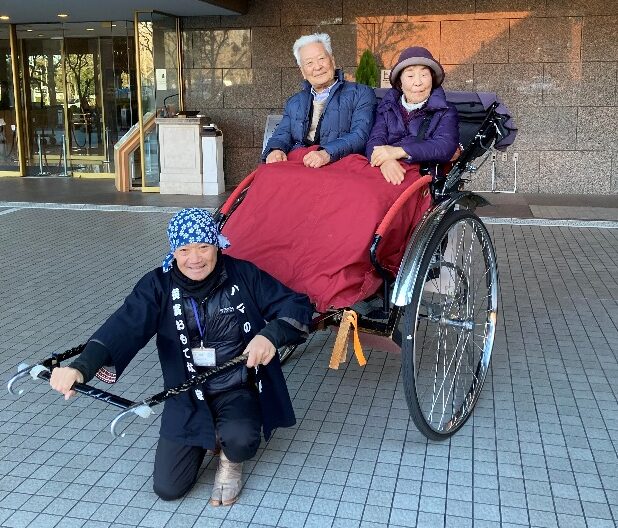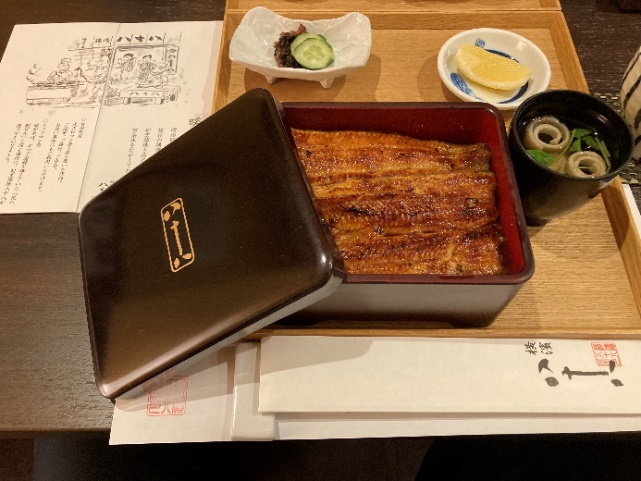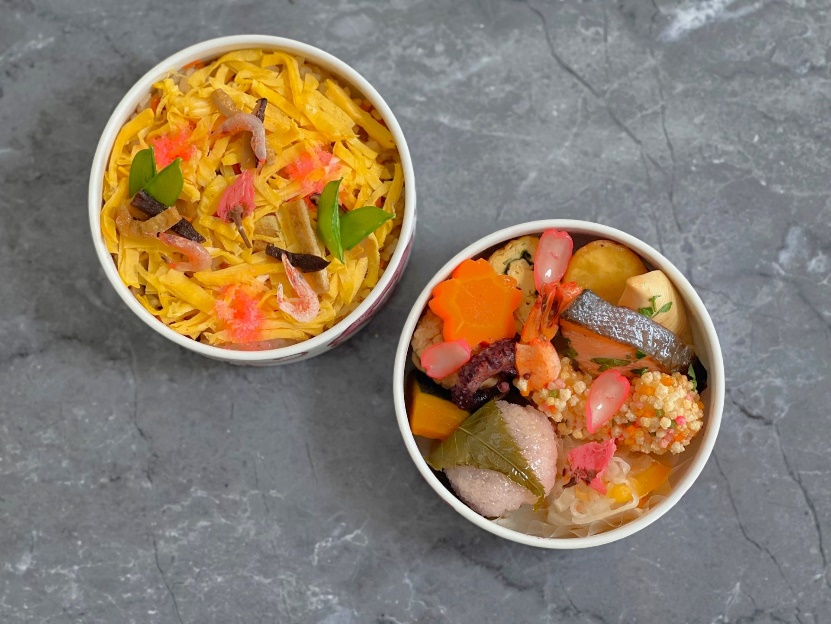Ms. Eliza Sidmore’s cherry blossom history!
In fact, my grandfather was once an active member of the Sakura Club. This was an opportunity to bring back memories of the software, not to mention the delicious food.
I was entertained by the fact that this Chinese was recreated in a modern style with reference to Eliza Sidmore’s book. The planning ability that went into the creation of this dish, using each and every historical fact as a reference, was wonderful. Even though there are many cherry blossoms in Japan, it is very meaningful to have a Chinese dish as well thought out as this Sidmore Gastronomy in Yokohama, where Chinatown is located.
The Potomac River runs next to the Capitol Building in Washington, D.C. in the United States.
The surrounding area is full of cherry blossoms, which were donated to the U.S. from Japan by Eliza Sidmore, a National Geographic journalist who lived in Yokohama, Japan, after she said a few words.
In her book “Jinrikisha Tabijo(Rickshaw Travels)”, she describes a lot of Japan at that time, and she wrote several things about how beautiful cherry blossoms in Japan are.
Utilizing this episode, we devised a meal plan called “Sidmore Gastronomy”.
He was laid to rest with his family in the Gaikokujin Cemetery in Yokohama, and unfortunately, he did not have any children, so there are not many stories that have been passed down to us directly.
There was a breakfast using eggs that the founder, Mr. Sankei Hara, was very fond of, and although that breakfast is not served anymore, we wanted to have a special Yokohama experience, so we asked Hotel New Grand to recreate it and make several different kinds.
The story development of Yokohama at that time starts here.
After breakfast, Hotel New Grand’s meister took us on a tour of the Hotel New Grand’s historically valuable buildings. The hotel is full of a sense of time travel as it still retains much of its legacy from about 100 years ago.
It is a full-course Chinese menu consisting of seven different dishes, all inspired by her book “Jinrikisha Tabi-jyo” (Rickshaw Travels), which she created and developed from scratch.
In “Rickshaw Travels,” there are descriptions such as “I loved eels” and “beef hot pot was very tasty,” etc., and we will enjoy a very rare gastronomy Chinese version in which all ingredients and all menu items are actually made from the book in a modern style, while referring to various other literature. You will enjoy a Chinese version of this very rare gastronomy.
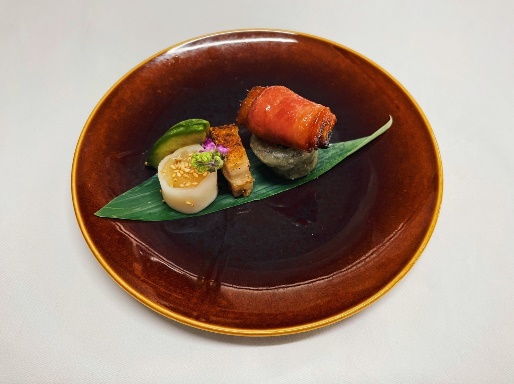
This dish is a Chinese version of a dish introduced in “Sidmore’s Japan Travels”, marinated in a pork belly sauce. Enjoy it with Hong Kong’s traditional crispy pork belly.
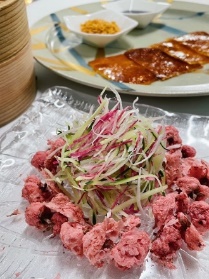
This dish is a cherry blossom-inspired dish that Sidmore loved. Salted cherry blossoms are dried and made to bloom. This Peking Duck has a slight saltiness and cherry blossom flavor.
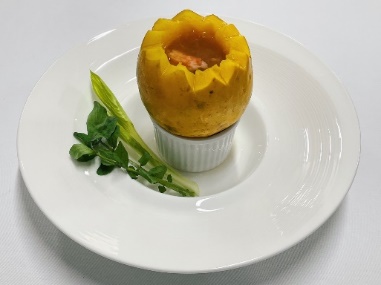
Just as Sidmore brought color photography to National Geographic magazine, papaya steamed soup is a typical dish that brought a new world of nouvelle chinois to Chinese cuisine.
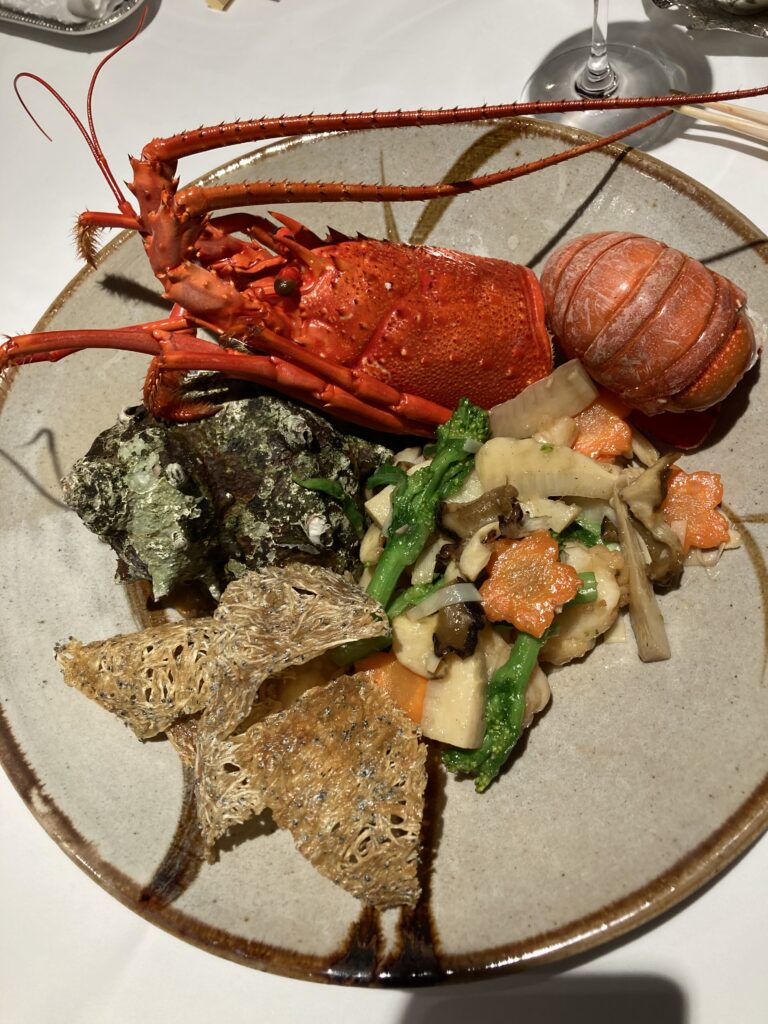
This dish is stir-fried using traditional Hong Kong techniques with Hunan ingredients, which Sidmore described as the Japanese version of Mont Saint-Michel when he visited Enoshima.
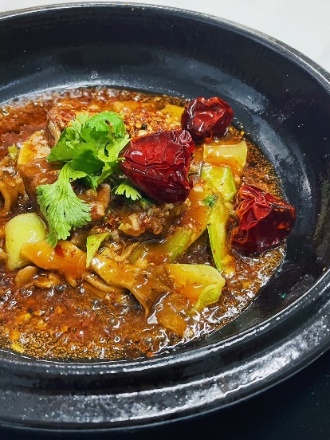
This dish is made with beef hot pot ingredients from Yokohama, Japan, which Sidmore is said to have eaten, simmered in a spicy sauce with Sichuan pepper and Aoyama pepper.
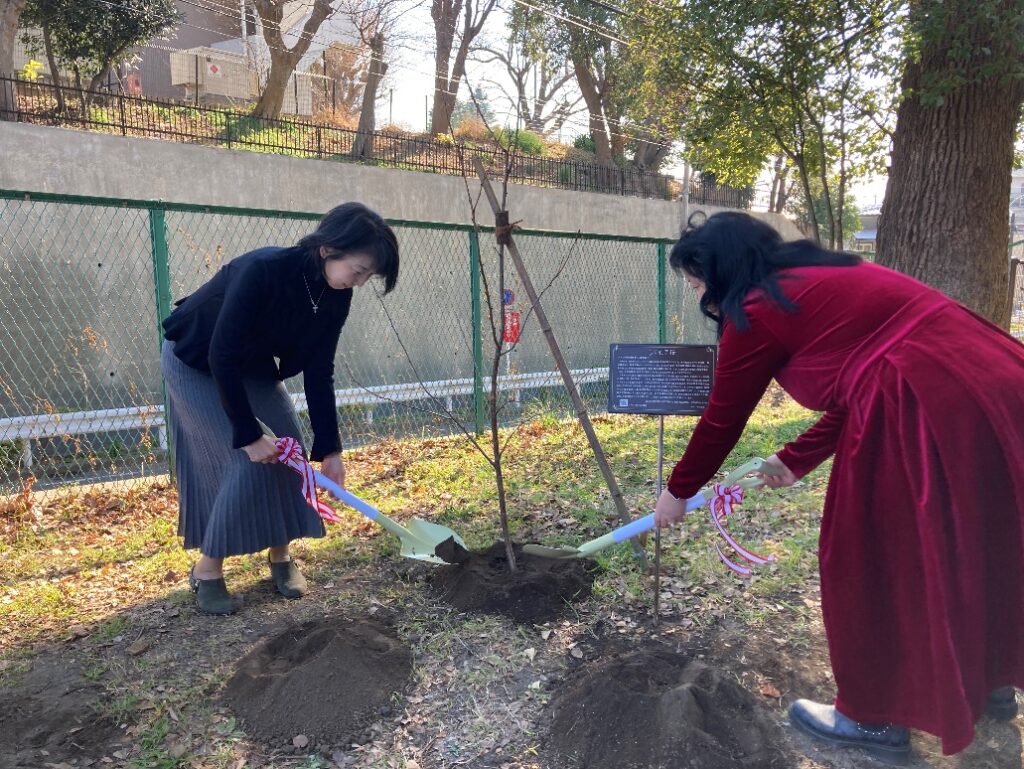
The cherry trees sent from Japan to the U.S. by Mr. Sidmore are called “Sidmore’s Homecoming Cherry Trees,” and the U.S. is sending back to Japan seedlings that were not used up. These are called “Sidmore’s Homecoming Cherry Trees,” and there are activities to plant them in various places in Yokohama.
They are the grandchildren of the current Washington cherry trees. You can experience the planting of these trees.
For example, in this photo, we planted a sapling at Motomachi Elementary School in Yokohama, which is celebrating its 150th anniversary this year. It would be a great experience for the children and grandchildren of the family to visit Yokohama again, saying, “My father planted this cherry tree, and it has grown so big,” or “My grandmother planted this cherry tree a long time ago, and it has grown so big.
How about this as an emotional plan to help you recognize Yokohama as your second hometown? There is also a monument, so it will be a permanent memory.
The owner of the museum, who is also a collector of Makazu-yaki, will lead you through a luxurious experience where you can experience rubbing your own wasabi and eating it as it is, and enjoy an exclusive experience at the Makazu-yaki Museum, formerly known as Yokohama-yaki.
The pottery was even the pride of Japan at the Philadelphia World’s Fair in the U.S. Unfortunately, it no longer exists, including the kiln, but a business owner in Yokohama, fascinated by its history, is a private collector and has created a private museum of Makazu-yaki pottery.
This is a very rare experience in which a person who is arguably the most knowledgeable about Makazu-yaki pottery in Japan will give a tour of the museum while talking about Makazu-yaki himself.
We have received inquiries from art collectors and art travelers from around the world, making this a truly unique experience that can only be had in Yokohama.
You will actually experience the Sidmore Rickshaw Experience.
The rickshaw ride will take you to the dining venue with a story about Yokohama in Sidmore’s time.
Sidmore Gastronomy (eel ver.)
Another of Sidmore Gastronomy’s products, Eel and Sidmore, was also created because of his love of eels.
The eel restaurant used to be a branch of a bank, and the inside of the bank’s so-called vault is now the private room of this restaurant.
The plan is to have eels in the private room. We believe that this is a very suitable product for domestic and foreign financial customers, and we encourage both Japanese and non-Japanese to try it.
Depending on the number of people, a style of bento called Sidmore Japanese Bento is also available here.
As you can see from the photo, it is very colorful, and this menu was also developed with inspiration from Sidmore’s book.
